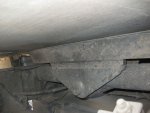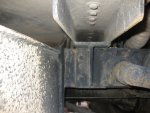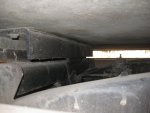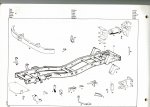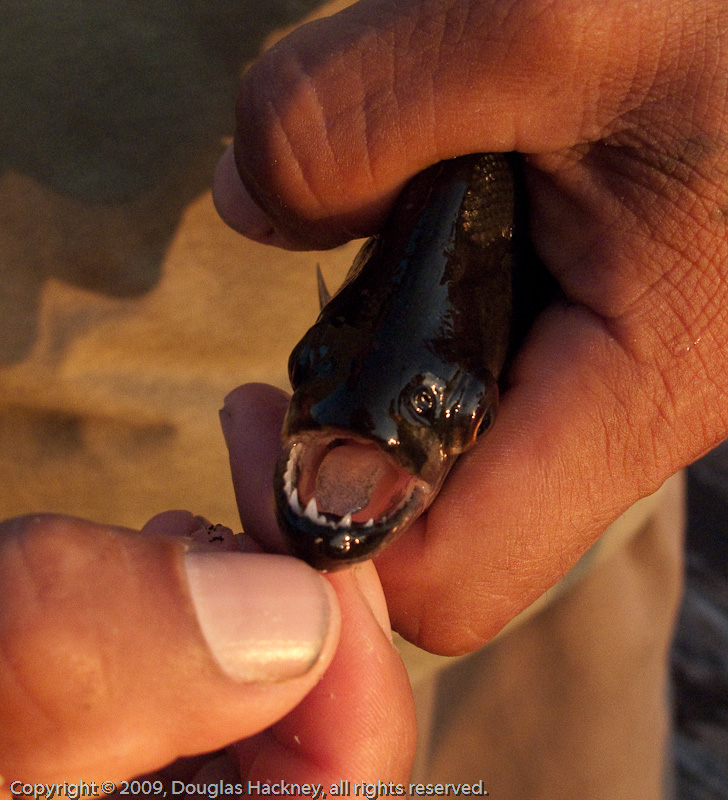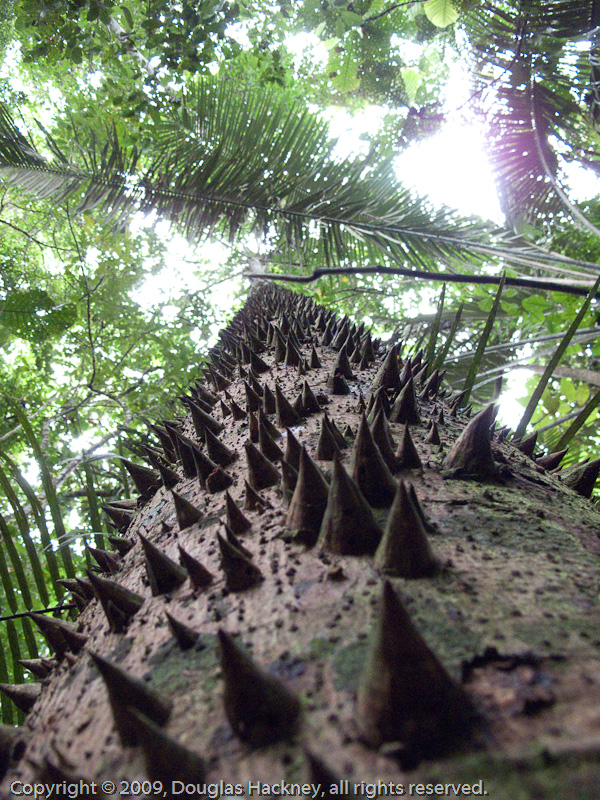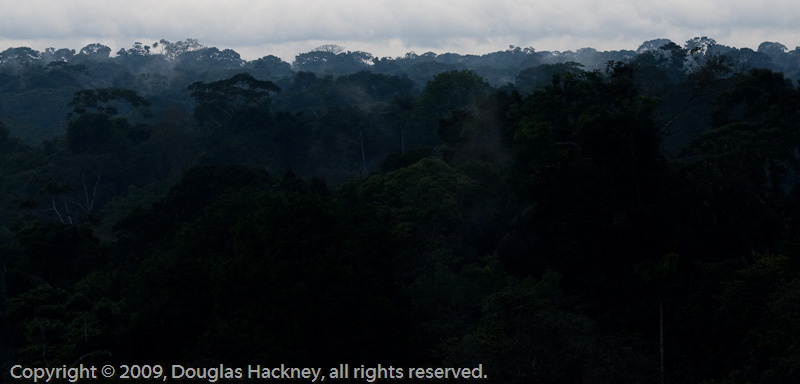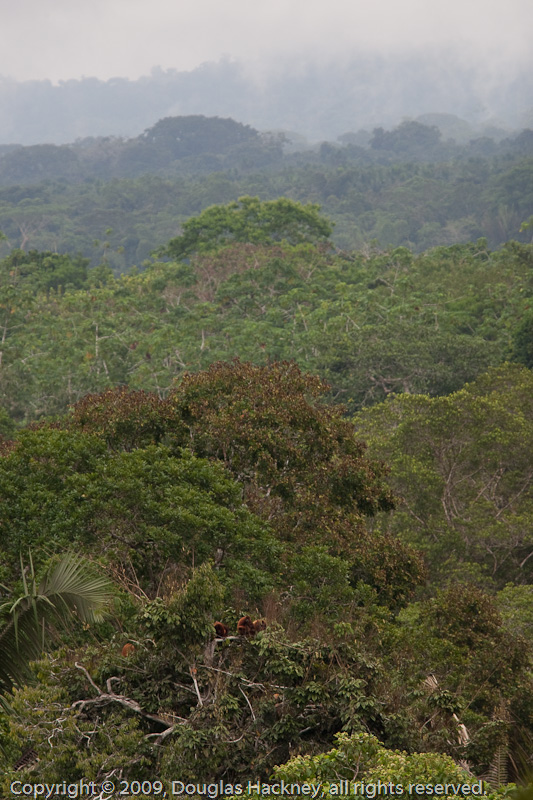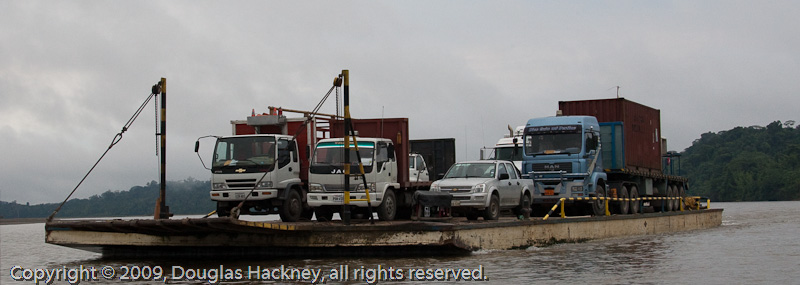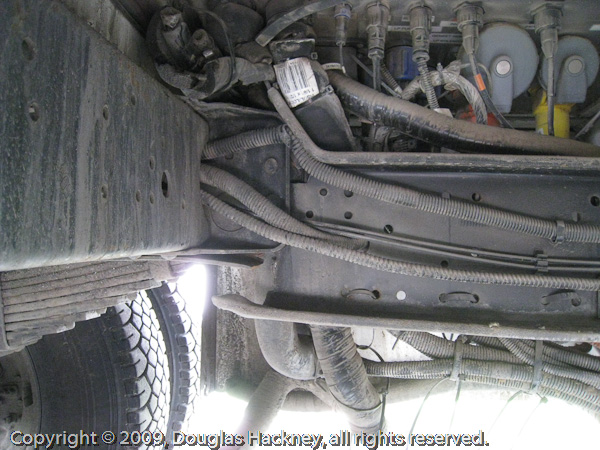ntsqd
Heretic Car Camper
I see value in more than three points for mounting a potentially heavy or high inertia structure to a ladder frame in that the point loads are reduced. Most of what I've read in these body builder's links are pointed at making the loads distributed loadings rather than point loads. From a design perspective having the loading introduced to the whole top of the frame rail, as is commonly done with delivery box vans, makes for a more economical frame design. Point loads require that the frame be stronger or that the payload maximum be reduced because they are essentially a bridge spanning the distance between the loading points.
What I don't like is that no matter how you do it, more than three points means that you are introducing some torsion or bending into that structure. After three points the odds of any further mounting points always being co-planar aren't real good. Can always design in some compliance to a joint, but then how much load carrying is the joint doing?
Considering this, I'm wondering about a sub-frame that accepts the point loads and distributes them to the truck frame. Cleverly done I suspect that the CG hit would not be significantly more than just the height of the distribution portion of the sub-frame. There is no reason that the joints themselves need to be on top of this sub-frame. Depending on desired "articulation" and the clearances required for that, they could be below the level of the top rail of the frame itself.
anyway, Food for Thought.
What I don't like is that no matter how you do it, more than three points means that you are introducing some torsion or bending into that structure. After three points the odds of any further mounting points always being co-planar aren't real good. Can always design in some compliance to a joint, but then how much load carrying is the joint doing?
Considering this, I'm wondering about a sub-frame that accepts the point loads and distributes them to the truck frame. Cleverly done I suspect that the CG hit would not be significantly more than just the height of the distribution portion of the sub-frame. There is no reason that the joints themselves need to be on top of this sub-frame. Depending on desired "articulation" and the clearances required for that, they could be below the level of the top rail of the frame itself.
anyway, Food for Thought.

